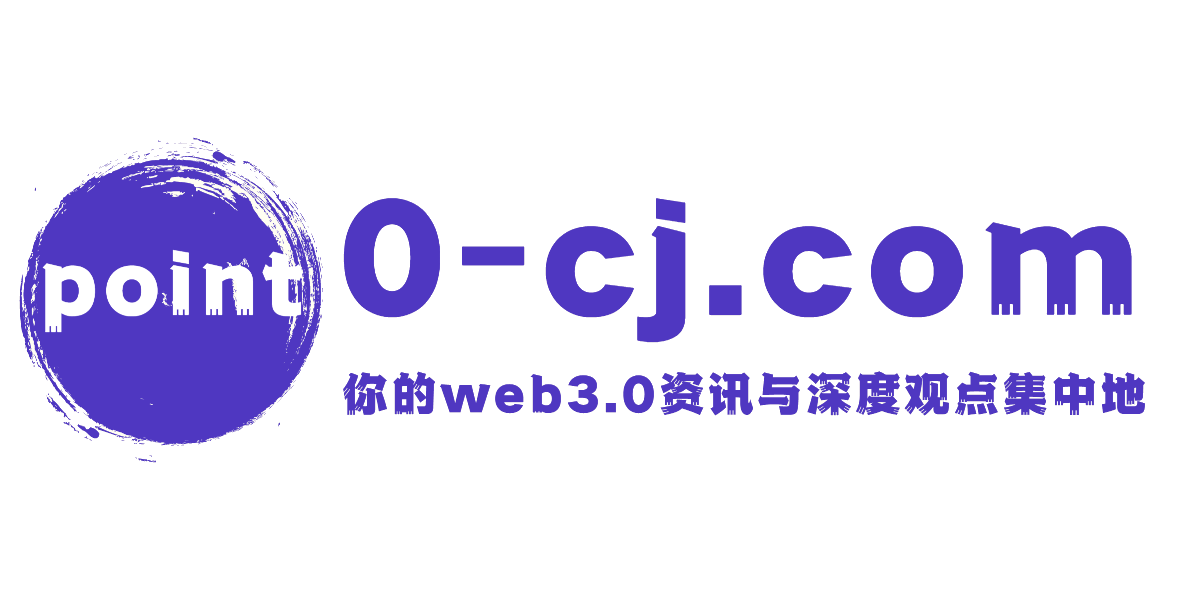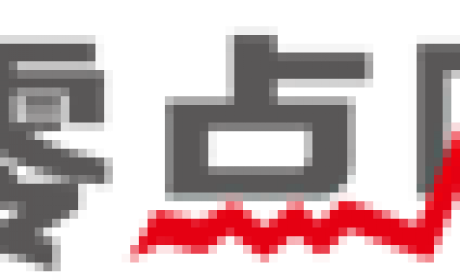零点课堂 | Decentralized Autonomous Organizations (DAOs) Explained(2)
DAOs and the principal-agent problem
DAOs tackle a problem in economics called the principal-agent dilemma. It happens when a person or entity (the “agent”) has the ability to make decisions and take actions on behalf of another person or entity (the “principal”). If the agent is motivated to act in its own self-interest, it may disregard the interests of the principal.
This situation allows the agent to take risk on behalf of the principal. What deepens the problem is that there might also be information asymmetry between the principal and the agent. The principal might never know that it is being taken advantage of and has no way to make sure that the agent is acting in their best interest.
Common examples of this problem occur with elected officials representing citizens, brokers representing investors, or managers representing shareholders.
By allowing a higher degree of transparency enabled by blockchains, well-designed incentive models behind DAOs can eliminate parts of this problem. Incentives within the organization are aligned, and there is very little (or no) information asymmetry. Since all transactions are recorded on a blockchain, the operation of DAOs is completely transparent, and, in theory, makes them incorruptible.
DAO Examples
Albeit a very primitive one, the Bitcoin network may be considered the first example of a DAO. It operates in a decentralized fashion and is coordinated by a consensus protocol with no hierarchy between participants. The Bitcoin protocol defines the rules of the organization, while bitcoins as currency provide an incentive for users to secure the network. This ensures that the different participants can work together to keep Bitcoin running as a decentralized autonomous organization.
The common goal in the case of Bitcoin is storing and transferring value without a central entity coordinating the system. But what else could DAOs be used for? More complex DAOs may be deployed for different use cases, such as token governance, decentralized venture funds, or social media platforms. DAOs could also coordinate the operation of devices connected to the Internet of Things (IoT).
声明:本文由 Binance撰写,零点财经收录,观点仅代表作者本人,绝不代表零点财经赞同其观点或证实其描述。

 tao
tao


